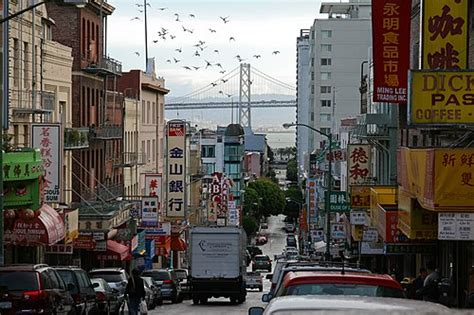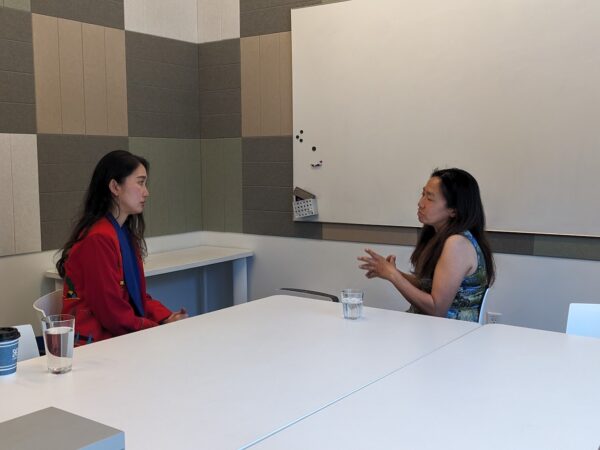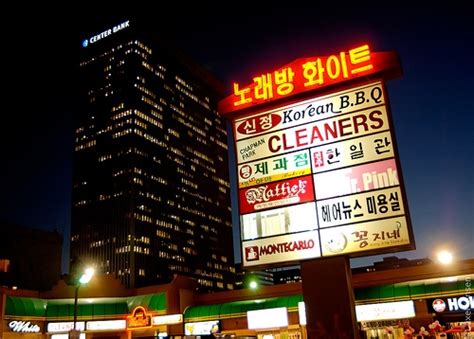
Koreatown, LA – a vibrant and bustling place, especially during the night. Full of bars, restaurants, shops, and nightclubs, the area attracts many young adults and teenagers in the LA region. As the densest neighborhood in LA County, totaling at over 40k residents per square mile, the region is a popular place to live due to its geographical location; being just a few miles away from Downtown Los Angeles, Hollywood, and Mid-Wilshire, Koreatown serves as a location for cheap(er) rent while providing easy access to important job centers in the region. Additionally, the D Line of the LA Metro provides even greater connection to Downtown LA and the LA Union Station, which can also connect to other job centers. The D Line is currently being extended, with plans to open all the way to UCLA and the VA hospital by 2027, making it even easier to connect to and from Koreatown. Yet despite its popularity as both a location to live and as a place to hangout, Koreatown is beginning to suffer from a myriad of social issues, with homelessness being at the forefront. Koreatown is caught at a crossroads, with the extension of the D Line potentially bringing renewed interest and activity into the region, while homelessness and rising costs of living may cause it to decline.
Koreatown saw its origins in the US – Korea Treaty of 1882, which opened up Korea to the US, establishing trade and political relations. This led to Korean immigration to the US, and in LA, they settled in Downtown where they were in close geographical proximation to Chinatown and Little Tokyo. Over the course of 30 years, there were around 650 Koreans living in Los Angeles with established restaurants, community organizations, and businesses; a little while later, the Korean National Association, an immigrant political organization, moved to Los Angeles to further promote culture and education. However, racial covenants that affected all Asians forced the Koreans to settle in the location of modern-day Koreatown. The rising entertainment and movie industry in Los Angeles also led to a gentrification of Koreatown, forcing local residents into low income districts. Following Shelley v. Kraemer, racial covenants were outlawed and Koreantown residents began to expand their presence throughout the area again.
Mid-Wilshire eventually fell into an economic decline in the mid 20th century, leaving many office and commercial spaces open. Wealthy Korean immigrants began to fill these spaces and opened buildings in the region, including Koreatown. The removal of immigrant quotas in 1965 led to another increase in immigration from Korea, leading to an economic boom for the region. The concentration of Korean businesses, culture, and people led to the rise of a Koreatown identity, which came to fruition in 1982 when the first Koreatown sign was installed.
The 1992 Los Angeles Riots was centered around Koreatown. When a Korean storeowner shot and killed a 15 year old Black customer for allegedly stealing a bottle of orange juice. After security footage revealed that the customer actually intended to pay for the orange juice, and that the storeowner had shot the customer while she was attempting to flee, it was evident that the storekeeper was deserving of the highest punishment for voluntary manslaughter: 16 years in prison. However, the judge decided against it and gave a sentence of 5 years of probation, 400 hours of community service, and a $500 fine. Later, the storekeeper posted bail for $250,000, and was given probation. This led to a rapid deterioration in relations between Black and Korean Americans, with notable rappers and songwriters speaking negatively against Koreans.
When the riots broke out, Koreatown was significantly damaged and even targeted. After the acquittal of 4 LAPD officers following the beating of Rodney King, there was little police activity in the region, prompting local residents to take up arms themselves and defend their property, giving rise to the infamous “Rooftop Koreans”. Many stores were looted, burned down, and shot up by both residents and rioters alike. After the riots, there was an estimated $50 million worth of damage done, with half of them being Korean owned. Within the community, Koreans were divided along race relations; on one hand, some Koreans advocated for uniting and cooperating with other minorities in order to fight racial oppression as a whole. On the other, the more conservative individuals aligned themselves with the Republican party and wanted to reinforce the social and economic differences between Koreans and Black and Hispanic communities. Nowadays, Asian communities have generally shifted towards the liberal side, and the coinciding BLM and Stop Asian Hate protests have drawn both communities together, reconciling their past differences.
Today, Koreatown is incredibly racially diverse, with a large Hispanic and Asian population, sharing a blend of culture and cuisine. In order to host successful businesses and connect to the local community, both Hispanic and Asian residents have had to market their goods to the other demographic, leading to combination foods like Kimchi Tacos and residents speaking both Spanish and Korean. Koreatown is also home to a number of construction developments and proposals, having some of the highest density of real estate development in the LA region. As new units get constructed, Koreatown may become an even trendier place as rent prices fall and dense housing get built. The area is one of the most walkable places in Los Angeles, with an excellent 93 walk score. The D Line also makes it easy to get to other places without a car, such as transferring to Hollywood, the San Gabriel Valley, and even to UCLA in a few years, making the neighborhood even more attractive to students and young professionals who may not want to or can’t afford a car.
Despite its historic growth and geographical location, Koreatown does face a number of problems. Following the COVID pandemic, the population dropped by roughly 3,000 residents, and has yet to recover since. The area is mainly composed of renters, who have experienced great financial hardship due to the rise in cost of living in LA, and as a result, the homeless count has been steadily increasing since. The median income in the region is also quite low, at around $55,000, with the number of people below poverty level growing at a faster rate than people above it. Los Angeles as a whole has been slow to recover from COVID, and much of Koreatown’s plights are a result of these macroeconomic forces. In the future, however, it quite is possible for Koreatown to prosper with new construction and development – though it is equally possible for Koreatown to go further into decay with present trends.
In the meantime, Koreatown still remains a popular site for locals and partygoers alike. As the predominant Korean community in LA, visitors can find some of the best and most authentic Korean cuisine in the city, shop at Kpop stores, and visit the Korean Cultural Center. There is much to do in the most densely neighborhood in LA, and with the D Line, Koreatown is easily accessible by the LA Metro.
(Photo credit: Ripper777 licensed under the Creative Commons Attribution-Share Alike 3.0 Unported License)


 As the first overall pick in the 2002 NBA draft by the Houston Rockets, Yao had immense pressure to do well, much so from some of the bigger names around the league, including
As the first overall pick in the 2002 NBA draft by the Houston Rockets, Yao had immense pressure to do well, much so from some of the bigger names around the league, including 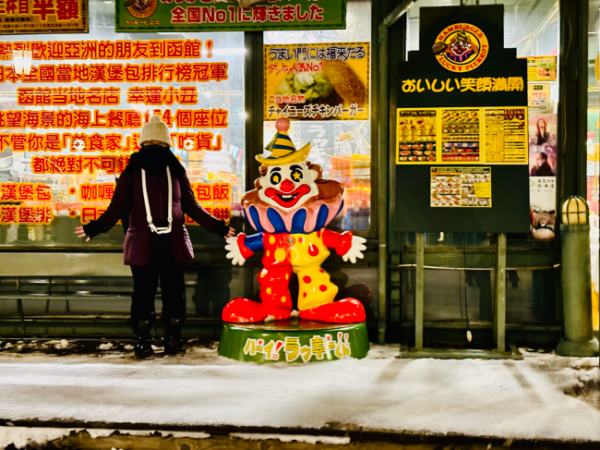
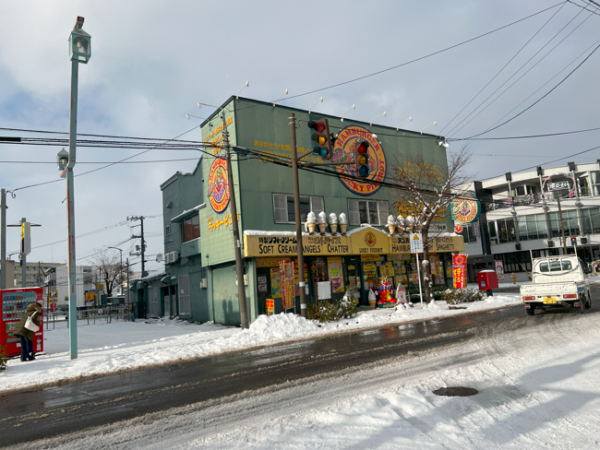

 Chen’s performances consistently featured intricate choreography alongside technically demanding elements. His ability to land quads set him apart from his competitors. At the 2022 Winter Olympics, Chen claimed the gold medal in men’s singles after delivering a near-flawless performance in both the short program and free skate, where he set a world record with a score of
Chen’s performances consistently featured intricate choreography alongside technically demanding elements. His ability to land quads set him apart from his competitors. At the 2022 Winter Olympics, Chen claimed the gold medal in men’s singles after delivering a near-flawless performance in both the short program and free skate, where he set a world record with a score of 
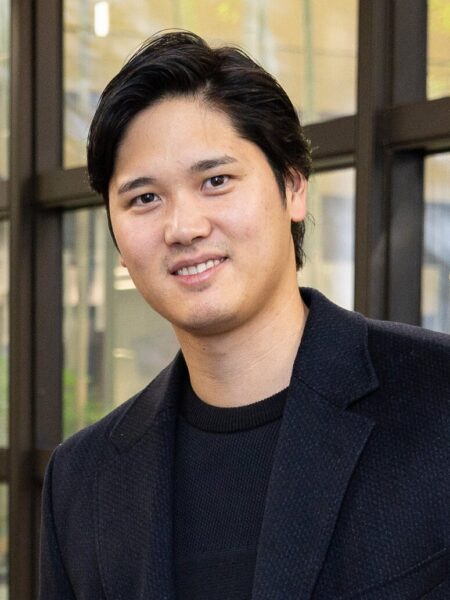 Since joining the league, Ohtani has made an immense impact, earning the
Since joining the league, Ohtani has made an immense impact, earning the 